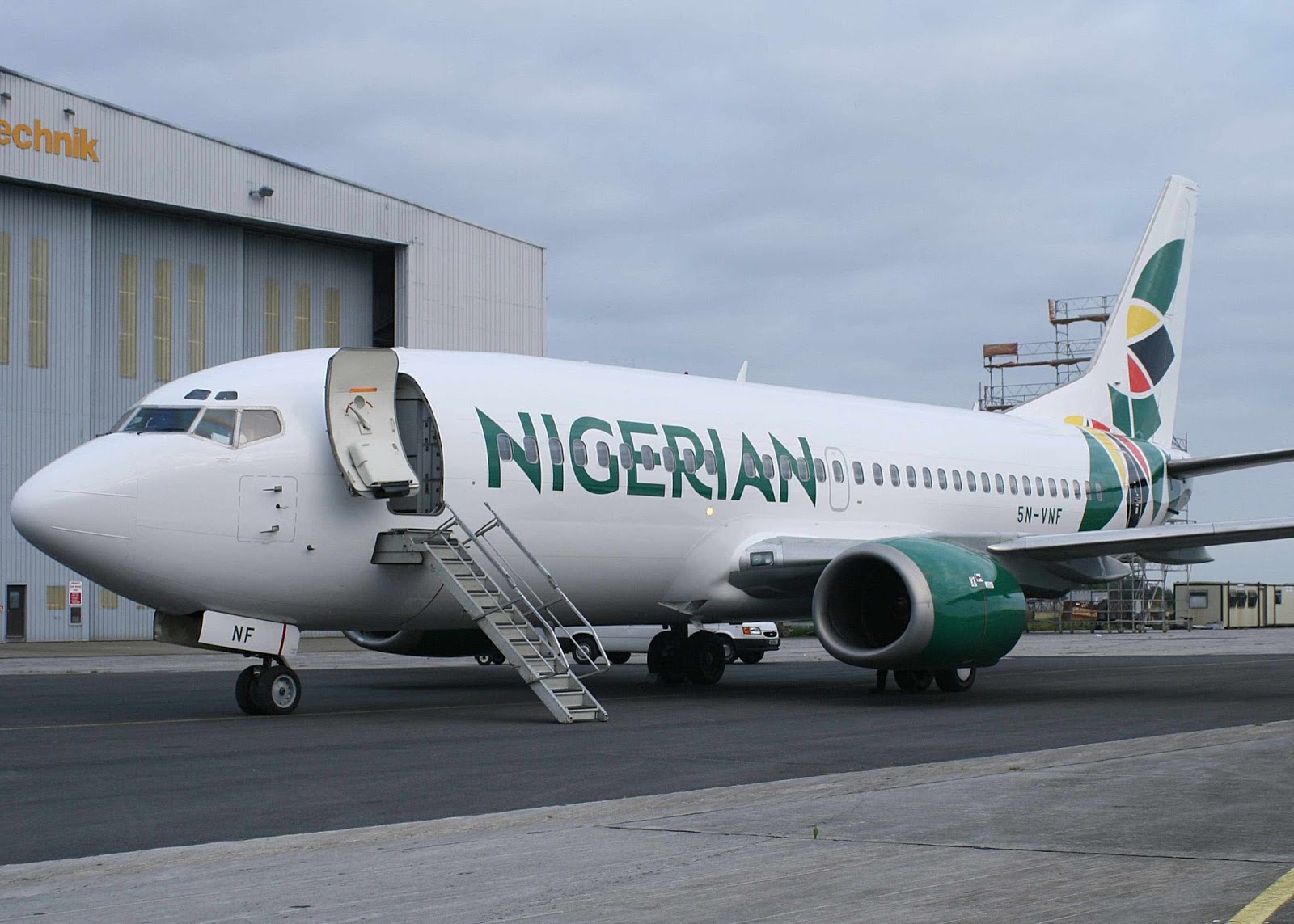Nigerian airlines have been grappling with a paradoxical situation where charges are increasing, yet passenger traffic continues to dwindle. This troubling trend has left many airlines operating with empty seats, resulting in a significant financial strain. As the cost of air travel soars, the average ticket price for a one-hour flight from Abuja to Lagos has ballooned to between N150,000 and N200,000 for a one-way journey, depending on when tickets are purchased. The result? A noticeable shift in commuter preferences, with many opting for road travel despite the associated risks.
As the landscape of air travel in Nigeria changes, it’s crucial to understand the implications of these rising costs. Previous hotspots for passenger traffic, such as Asaba International Airport and Anambra Airport, have witnessed a dramatic decline in daily flights—from an average of five to just one or two. This shift not only affects the airlines but also the entire aviation ecosystem, leading to fewer schedules and operational challenges.
In addition to these logistical hurdles, airlines are facing a scarcity of aircraft due to maintenance issues and regulatory challenges imposed by the Nigerian Civil Aviation Authority (NCAA). This has further exacerbated the situation, compelling operators to increase fares in a bid to recoup losses from low patronage. With rising operational costs driven by expensive aviation fuel and maintenance fees, the future of air travel in Nigeria hangs in the balance.
What You Will Learn
Key Takeaways
- Nigerian airlines have increased charges despite low passenger traffic, leading to empty flights.
- The average airfare for flights from Abuja to Lagos has significantly risen, prompting passengers to seek alternative transport.
- Operational challenges are prevalent across many airports due to reduced revenue and flight schedules.
- The scarcity of aircraft, caused by maintenance and regulatory constraints, is affecting airline operations and fare pricing.




